Ureteroscopic holmium laser lithotripsy is a minimally invasive surgical procedure that uses a laser to break down kidney stones or ureteral stones into small pieces, which can then be easily passed out of the body through urine. The procedure involves the use of a small flexible or rigid scope, called a ureteroscope, that is inserted through the urethra and into the bladder, and then up into the ureters to the site of the stone.
Once the ureteroscope reaches the stone, a laser fiber is passed through the ureteroscope and directed at the stone. The laser energy breaks the stone into tiny fragments that can be removed or passed out of the body through urine.
The holmium laser used in this procedure is a type of laser that is specifically designed for use in urological procedures. It produces short pulses of high-energy light that are absorbed by the stone, causing it to break down into smaller pieces.
Ureteroscopic holmium laser lithotripsy is a safe and effective treatment option for kidney and ureteral stones that are too large to pass on their own or that are causing significant pain or obstruction. It has several advantages over traditional open surgery, including a shorter recovery time, less pain, and fewer complications. It is typically performed as an outpatient procedure, and most patients can resume their normal activities within a few days.
Operation process of ureteral hard mirror holmium laser lithotripsy
Firstly, the patient takes the lithotomy position (as shown in Figure 6), disinfects and spreads the tissue before starting the surgery. First, insert a ureteroscope from the urethra, locate the ureteral opening in the bladder, insert a safe guide wire into the ureter, and then insert a ureteroscope under the guidance of the guide wire. The ureteroscope enters the urinary tract under direct vision along the guide wire and slowly rises. Then insert a holmium laser fiber and use laser lithotripsy. During the surgery, use water injection or infusion pump to maintain clear vision. Postoperative indwelling of ureteral stent DJ tube and indwelling of urinary catheter. After the surgery, the patient was sent to the resuscitation room for observation for 1 hour and returned to the ward after being stable and without any abnormalities.


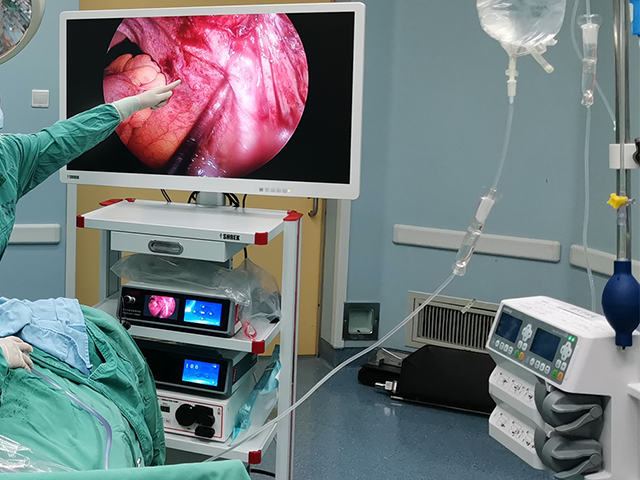
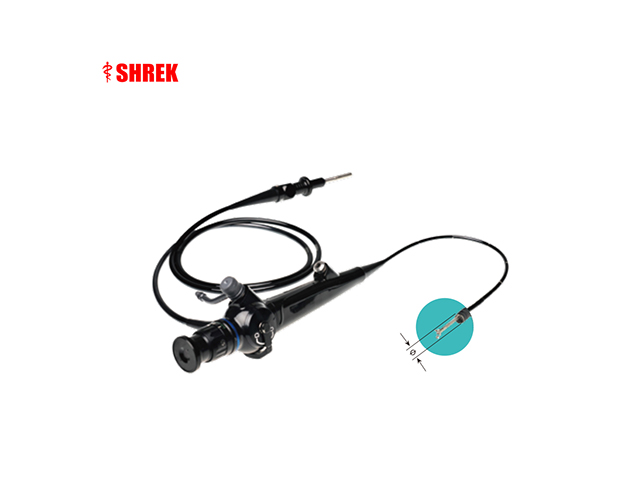
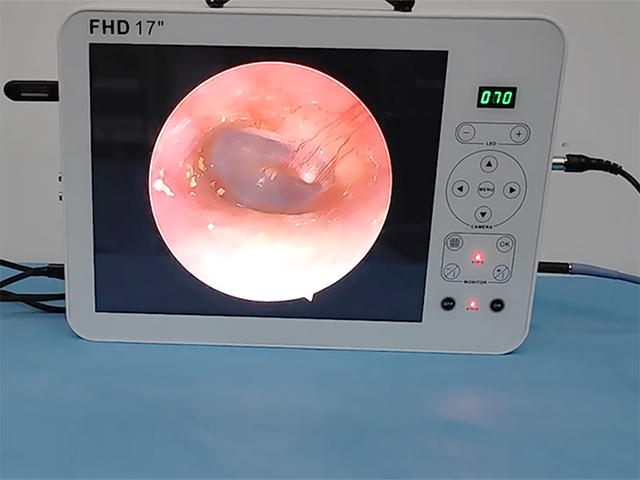
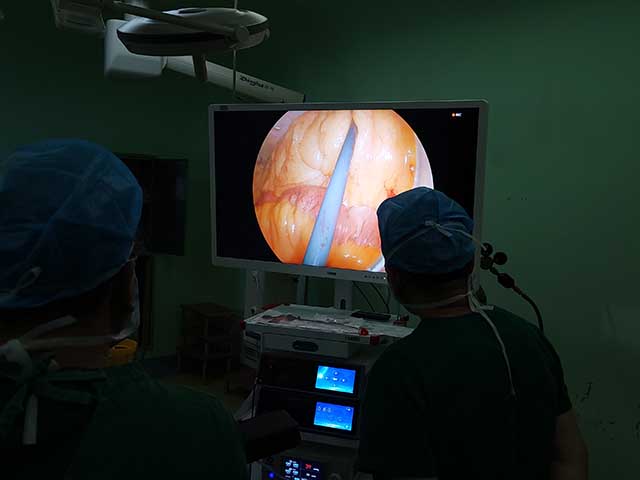
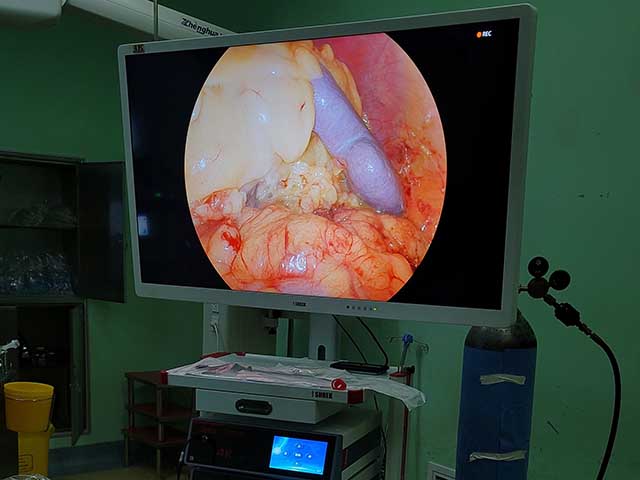

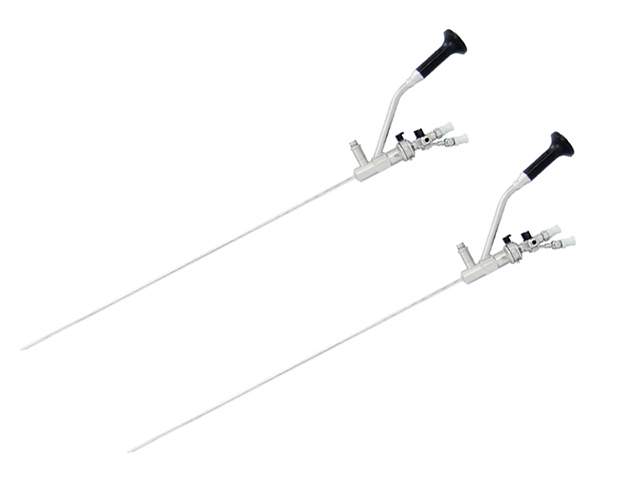
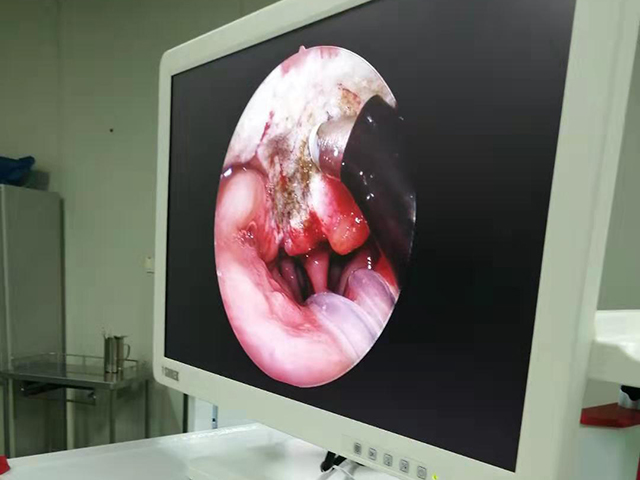
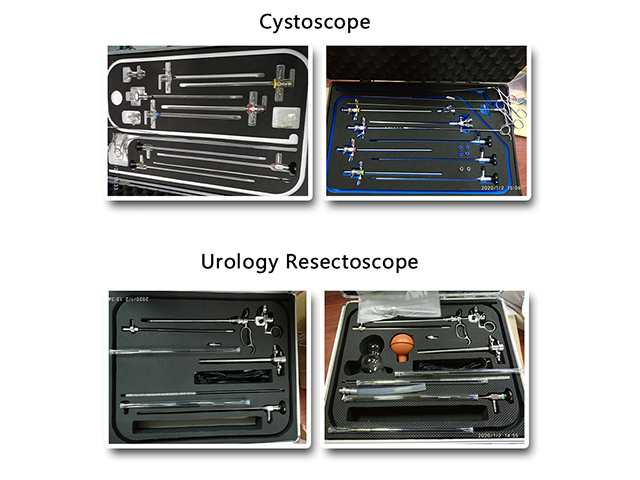
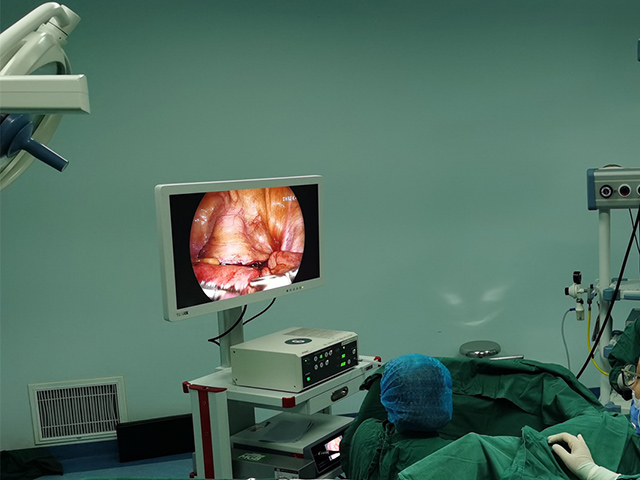
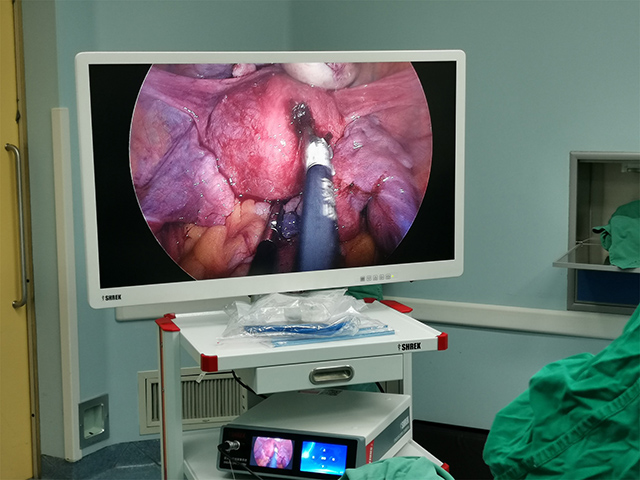
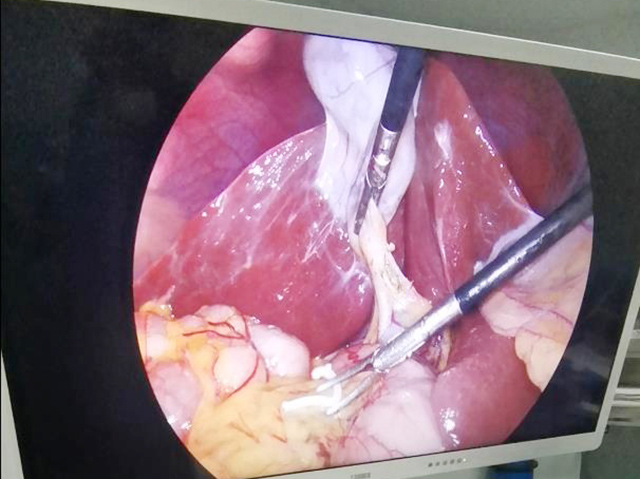

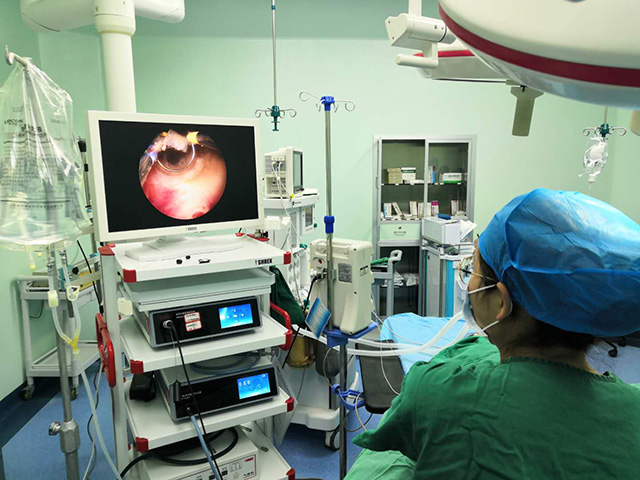
Leave A Inquiry